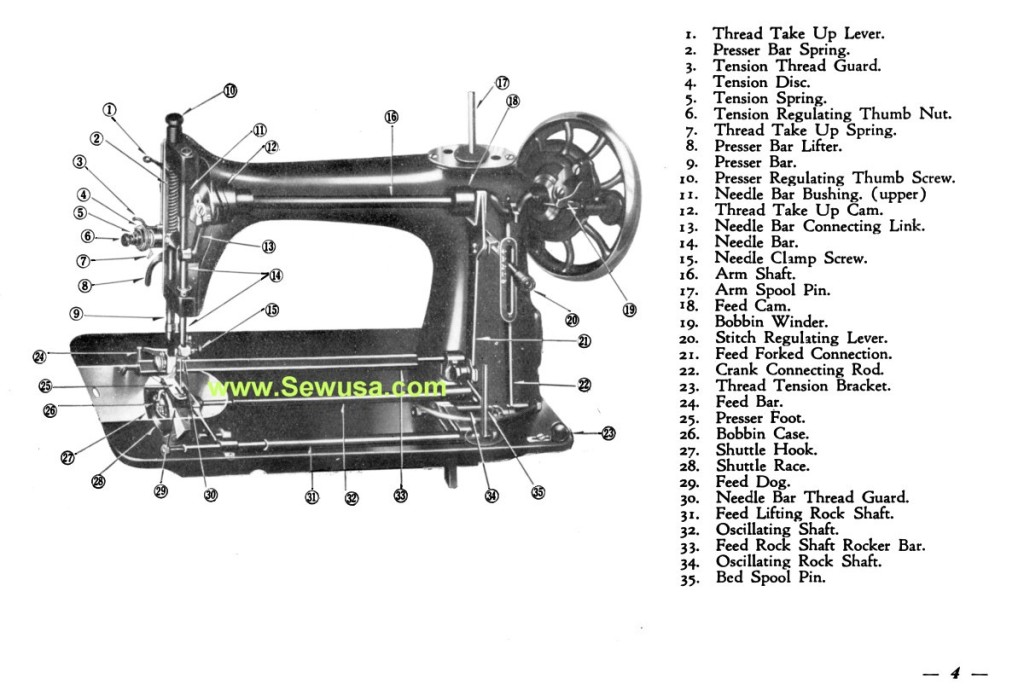
More pics of the above piece may be found, here: https://www.orangebarrelindustries.com/hannah/main/?projects=quiltbait-i-culdesac
This post is for our class at Frogman’s Print Workshops, First Session, the week of July 2nd 2017.
Description
This workshop utilizes the oldest form of printmaking, relief, in combination with found, re-purposed fabrics and basic machine and hand sewing to create quilted collages. Do you have old clothes, bedding, and other fabric scraps you love that need a new life? This workshop is for you!

The workshop will begin with transfer, carving and printing demonstrations. Subsequent demonstrations include cutting and pinning prints on fabric into collage surfaces using a variety of stitch types in hand and machine embroidery, addition of embellishments, appliqué, reverse appliqué, finishing techniques, and hanging solutions. These processes provide a gateway into three dimensional creations, performance, and installation. The class will work together on collaborative work at the end to explore these possibilities.
Techniques We Will Cover
- Relief printing on fabric, tips & hints for drawing/transferring, carving, and printing block prints on fabric.
- Basic sewing machine use and maintenance
- Appliqué and Reverse Appliqué
- Machine Embroidery
- Stuffing and dimensional work with up-cycled materials
- Basic Crochet
- Optional/Additional: Hand sewing/embroidery, quilting, binding, banner-making, etc.

Resources
- Download this PDF handout we created of basic relief printing and sewing techniques: OBI_The_Quilted_Print.pdf
- This document covers printing tips for relief and screen on fabric, hemming, seams, types of appliqué sewing, and a bit about stuffing fabric prints to make 3D objects or sculptural reliefs. There is a guide to essential tools as well as trouble-shooting sections.
- Process Videos: https://www.orangebarrelindustries.com/videos/
- Drawing with Charcoal & Gesso and Carving: https://www.orangebarrelindustries.com/videos/UNI_block.m4v
- Printing Process: https://www.orangebarrelindustries.com/videos/Printing_Process_Updated.m4v
- Installing Work at University of St. Mary in Leavenworth, KS: SplitEndsInstallationUniversityStMaryLeavenworthKSOctober2016.mov
- Fun with Plarn (AKA Plastic Yarn, AKA plastic bags turned into crochet fodder): https://www.orangebarrelindustries.com/videos/Gargantua%20Movie.mov
- Hand Embroidery: http://www.urbanthreads.com/tutorials.aspx?t=basic+hand+embroidery+stitches
- Hand Embroidery: http://www.molliemakes.com/craft-2/library-embroidery-stitches/
- Hand Embroidery: https://www.mostcraft.com/must-know-hand-embroidery-stitches/
How To Thread the Machines and Wind the Bobbins
Make sure you are using the correct bobbin for each machine. Make sure you thread the machine properly on the top and wind the bobbin correctly and install it correctly.
- The Kenmore
- uses the metal bobbins with holes in top and bottom all the way around.
- The Singer Stylist
- The Singer Stylist (white with digital numbers for stitch selection) and the Brother both use the 15J plastic bobbins.
- The Brother
- The Singer Stylist (white with digital numbers for stitch selection) and the Brother both use the 15J plastic bobbins.
- The Black metal older Singer machine
- uses the squat metal bobbins that are stored in the compartment in the machine to the right.
- How to thread the older Singer machine (black metal): https://www.youtube.com/watch?v=PybppMH4tLg

Somewhat Related Stories


Troubleshooting (there is more in our PDF handout near the top of this page
- Did you thread the machine correctly?
- Did you wind the bobbin correctly and check that it is installed correctly?
- Adjust stitch length and tension according to fabric and thread you are using
 . Use a test scrap of fabric and make adjustments tighter and looser until it is sewing well without puckering fabric (too tight) or stitches falling out (too loose).
. Use a test scrap of fabric and make adjustments tighter and looser until it is sewing well without puckering fabric (too tight) or stitches falling out (too loose). 
- Most machines have single top tension adjustment, but some machines have an additional tension adjustment for bobbin thread.
- If all else is correct and machine is skipping stitches, try a fresh needle. The old one may be dull.
- Periodically, the bobbin and bobbin casing should be removed. Use a small paint brush to dust out lint, and a drop of sewing machine oil in the proper spot (varies by machine) will help it to keep running smoothly.



Pingback: Orange Barrel Industries » Dispatch: The Quilted Print at Frogman’s Print Workshops
Pingback: Orange Barrel Industries » Inspiring Artists Working with Fibers